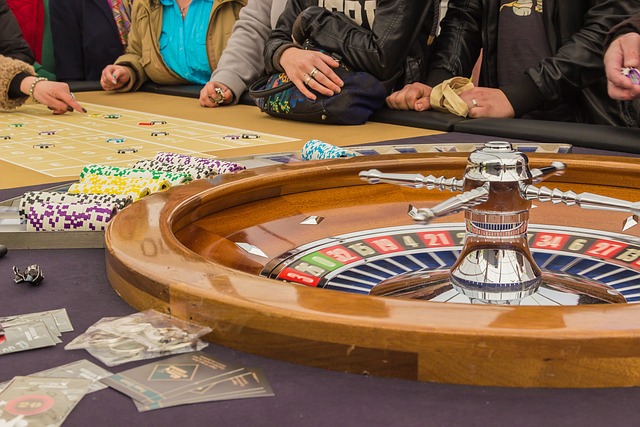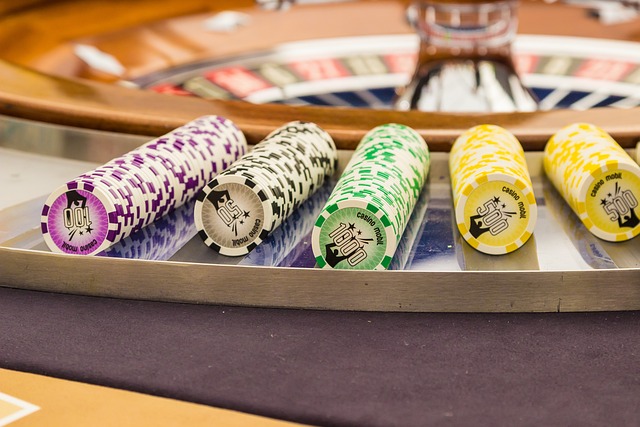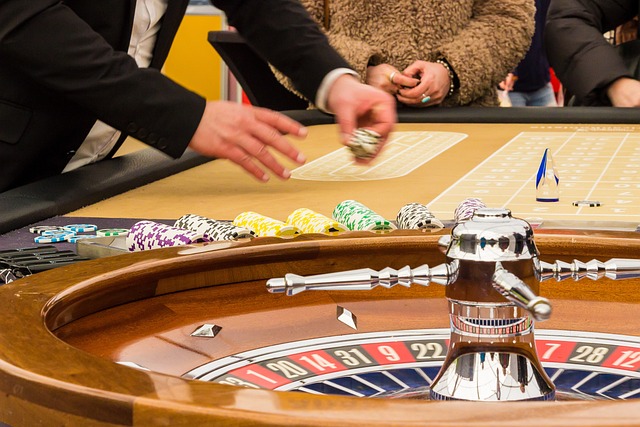
Architectural Design and Spatial Psychology in Casinos
Casinos are not just places of entertainment. They are a cross between architectural design and spatial psychology. Every element is planned to influence the player: from the layout of the machines, to the lighting, to the absence of clocks and windows. This strategy, called “environmental design psychology,” seeks to lengthen the dwell time and increase player spending. This article only applies to the analysis of land-based casino spaces.
The Casino Maze
One of the most important aspects of design is the layout of machines and tables. Modern casinos employ a “maze design.” This forces players to navigate through different areas to reach their destination. This way, players find more gaming opportunities while at the same time not feeling rushed to leave.
This design creates a “flow,” a state in which players lose track of time. The twists and turns invite exploration, creating a sense of discovery that encourages trying new games.
Lighting and Ambience
The lighting in casinos is soft and warm, creating a relaxed atmosphere. This contrasts with the light outside and reinforces the disconnection from the outside world. Dim lighting hides tiredness and the passage of time, helping players stay focused.
In specific areas, such as slot machines, the light becomes vibrant and eye-catching. Bright colors and flashing lights make games feel more exciting, encouraging continued engagement.
No Clocks or Windows

Casinos have no clocks or windows. This is no coincidence. The lack of these elements creates a sense of timelessness. Players lose track of how much time they have spent there, prompting them to continue playing longer than intended.
The absence of time cues, along with spatial design and lighting, keeps players in a long, uninterrupted cycle of gambling.
Physical and Sensory Comfort
Casinos take care of every detail of player comfort. Padded chairs, air conditioning, and complimentary drinks are designed to make players feel at ease and prolong their stay. Comfort is key to preventing players from taking breaks or leaving the premises.
The sound environment, with the clatter of coins, soft music, and voices, creates a lively atmosphere. This controlled noise generates a sense of community and excitement, which encourages players to continue gambling.
Behavioral Manipulation

Everything in casino design is based on psychological principles. The labyrinthine layout, controlled lighting, lack of clocks and windows, and comfort create an experience that reduces inhibition and perceived risks, while increasing the drive to continue gambling.
This environment can lead to “depersonalization,” a disconnection from time and self-control. Players lose sight of their boundaries and are more likely to make impulsive decisions.
Silent Influences
Casino design goes beyond aesthetics. It is a tool that influences player behavior. Through space layout, lighting, lack of clocks, and creating a comfortable environment, casinos manipulate players’ perceptions and emotions, encouraging longer play times and increasing spending.
Understanding these factors can be useful for both regulators and players. Being aware of these mechanisms can help make more informed decisions within the casino.